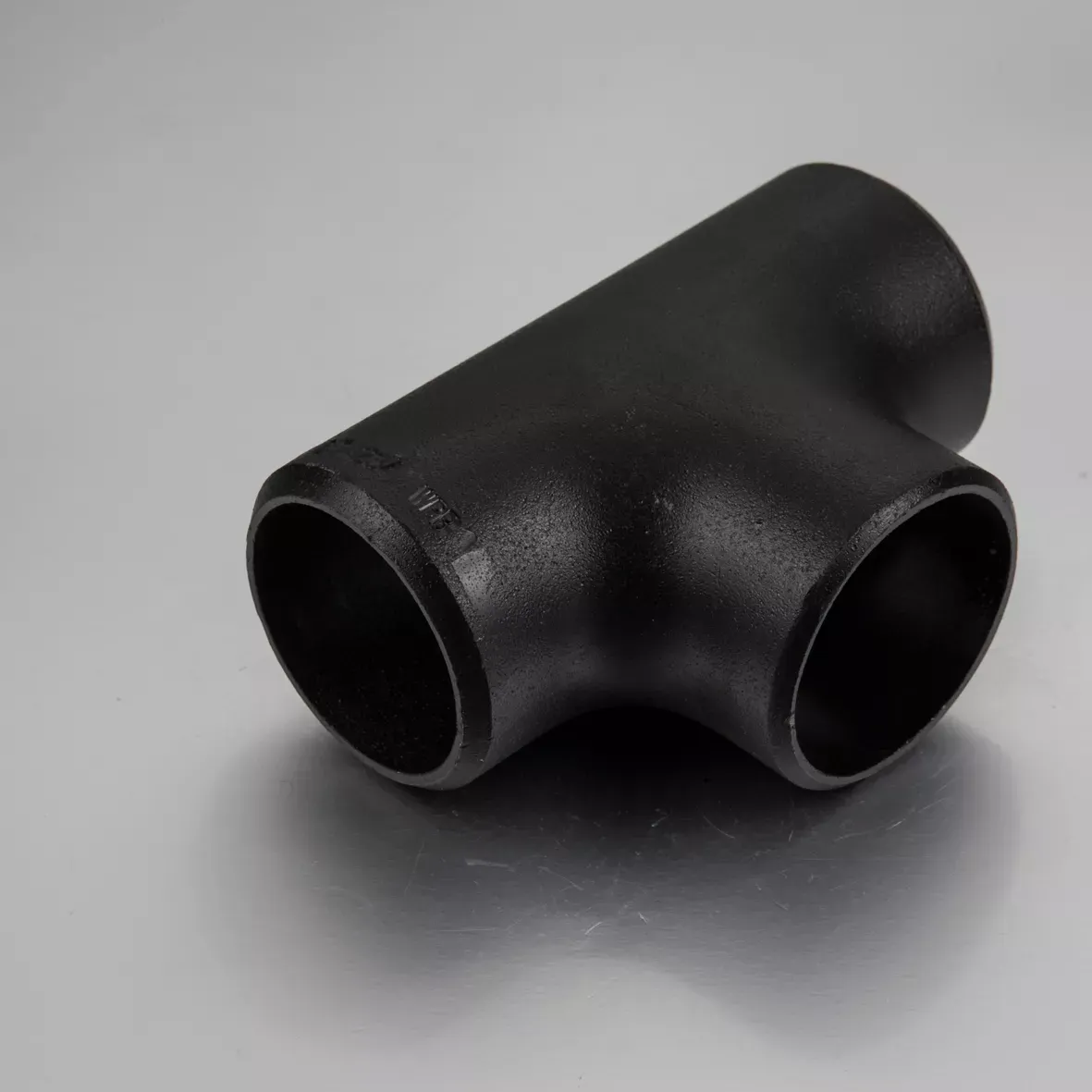-
Cangzhou Yulong Steel Co., Ltd.
-
Phone:
+86 13303177267 -
Email:
admin@ylsteelfittings.com
- English
- Arabic
- Italian
- Spanish
- Portuguese
- German
- kazakh
- Persian
- Greek
- French
- Russian
- Polish
- Thai
- Indonesian
- Vietnamese
- Zulu
- Korean
- Uzbek
- Hindi
- Serbian
- Malay
- Ukrainian
- Gujarati
- Haitian Creole
- hausa
- hawaiian
- Hebrew
- Miao
- Hungarian
- Icelandic
- igbo
- irish
- Japanese
- Javanese
- Kannada
- Khmer
- Rwandese
- Afrikaans
- Albanian
- Amharic
- Armenian
- Azerbaijani
- Basque
- Belarusian
- Bengali
- Bosnian
- Bulgarian
- Catalan
- Cebuano
- China
- China (Taiwan)
- Corsican
- Croatian
- Czech
- Danish
- Esperanto
- Estonian
- Finnish
- Frisian
- Galician
- Georgian
- Kurdish
- Kyrgyz
- Lao
- Latin
- Latvian
- Lithuanian
- Luxembourgish
- Macedonian
- Malgashi
- Malayalam
- Maltese
- Maori
- Marathi
- Mongolian
- Myanmar
- Nepali
- Norwegian
- Norwegian
- Occitan
- Pashto
- Dutch
- Punjabi
- Romanian
- Samoan
- Scottish Gaelic
- Sesotho
- Shona
- Sindhi
- Sinhala
- Slovak
- Slovenian
- Somali
- Sundanese
- Swahili
- Swedish
- Tagalog
- Tajik
- Tamil
- Tatar
- Telugu
- Turkish
- Turkmen
- Urdu
- Uighur
- Welsh
- Bantu
- Yiddish
- Yoruba

Nov . 12, 2024 03:53 Back to list
4 inch 90 degree elbow steel
Understanding the 4 Inch 90 Degree Elbow in Steel Piping
In various industrial and construction applications, the integrity and efficiency of piping systems are of utmost importance. One crucial component that plays a significant role in these systems is the 4-inch 90-degree elbow made from steel. This article explores the features, applications, advantages, and considerations of using steel elbows in piping systems.
What is a 4 Inch 90 Degree Elbow?
A 4-inch 90-degree elbow is a type of fitting that allows for a change in direction in a piping system. As the name suggests, it has a 4-inch nominal diameter and is designed to create a 90-degree turn in the piping layout. These fittings can be found in various materials, with steel being one of the most popular due to its strength and durability.
Types of Steel Used
The steel used for manufacturing 90-degree elbows can be categorized into several grades. Commonly used materials include carbon steel, stainless steel, and alloy steel. Carbon steel elbows are known for their excellent wear resistance and weldability, making them suitable for a wide range of applications. Stainless steel elbows, on the other hand, offer superior corrosion resistance, which is essential in environments where moisture and chemicals are present.
Applications of 4 Inch 90 Degree Steel Elbows
4-inch 90-degree steel elbows are widely used in numerous industries, including
1. Oil and Gas In the oil and gas industry, efficient flow management is critical. These elbows help redirect fluids and gases within pipelines to maintain optimal system performance.
2. Water Supply and Distribution Municipal water systems often use 90-degree elbows to facilitate changes in direction, ensuring that water can be efficiently routed through different terrains.
3. Chemical Processing In chemical plants, the use of durable, corrosion-resistant steel elbows is vital for safely transporting hazardous materials.
4. HVAC Systems Heating, ventilation, and air conditioning systems often utilize these elbows to manage airflow and maintain environmental controls inside buildings.
5. Mining In mining operations, robust piping systems made of steel elbows are necessary to handle the transportation of slurry and other materials.
4 inch 90 degree elbow steel

Advantages of Using Steel Elbows
1. Strength and Durability Steel elbows provide excellent strength and resistance to high pressure, making them ideal for demanding industrial applications.
2. Corrosion Resistance While not as inherently resistant to corrosion as stainless steel, many carbon steel elbows are treated with protective coatings to enhance their longevity in adverse conditions.
3. Versatility The 4-inch size makes these elbows compatible with a wide range of piping systems, allowing for flexibility in design and installation.
4. Ease of Installation Welding and other connection methods for steel elbows are straightforward, enabling quick installation and minimizing labor costs.
5. Cost-Effectiveness Compared to other materials, such as copper or plastic, steel offers a more cost-effective option for creating reliable piping systems.
Considerations When Using Steel Elbows
When incorporating 4-inch 90-degree steel elbows into a piping system, several factors should be considered
1. Compatibility Ensure that the steel elbows are compatible with the type of piping system being utilized, including material characteristics and pressure ratings.
2. Corrosion Protection In high-corrosion environments, it is essential to consider the use of stainless steel or additional protective coatings to prolong the lifespan of the elbows.
3. Pressure Ratings Check the pressure ratings and temperature limits of the elbows to ensure they meet the system's requirements.
4. Installation Practices Proper installation techniques must be followed to prevent leaks and failures in the piping system.
In conclusion, the 4-inch 90-degree steel elbow is an essential component in many piping systems across various industries. Its strength, versatility, and cost-effectiveness make it a preferred choice for managing the flow of fluids and gases. By understanding the specific applications and considerations associated with these fittings, engineers and installers can ensure the efficiency and reliability of piping systems.
Latest news
-
ANSI 150P SS304 SO FLANGE
NewsFeb.14,2025
-
ASTM A333GR6 STEEL PIPE
NewsJan.20,2025
-
ANSI B16.5 WELDING NECK FLANGE
NewsJan.15,2026
-
ANSI B16.5 SLIP-ON FLANGE
NewsApr.19,2024
-
SABS 1123 FLANGE
NewsJan.15,2025
-
DIN86044 PLATE FLANGE
NewsApr.19,2024
-
DIN2527 BLIND FLANGE
NewsApr.12,2024
-
JIS B2311 Butt-Welding Fittings LR/SR 45°/90° /180°Seamless/Weld
NewsApr.23,2024











